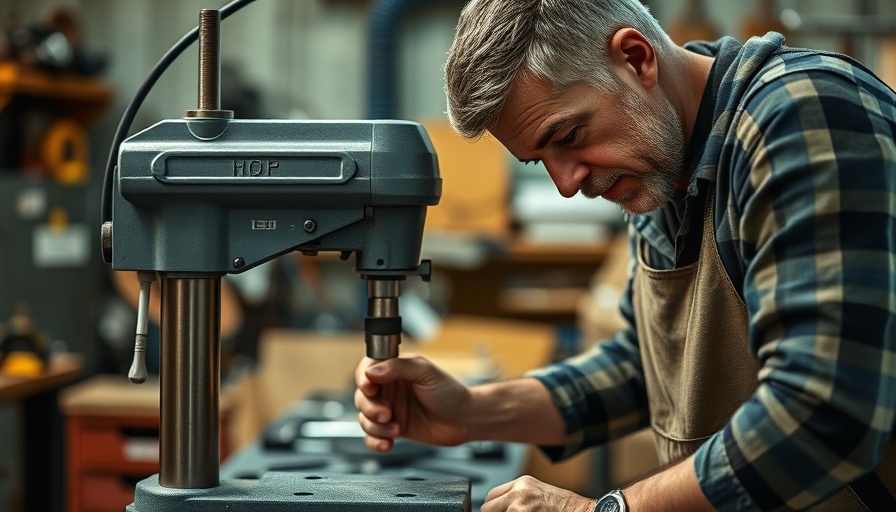
Unlocking the Global Talent Pool: Why Location No Longer Limits Hiring
In a world that has rapidly embraced remote work, the traditional hiring process is undergoing a profound transformation. Companies now have access to a vast talent pool that transcends geographical boundaries. This evolution is particularly relevant for young homeowners in London who are not only looking to improve their homes but also aspire to create sustainable lifestyles by collaborating with skilled professionals from across the globe.
What is an EOR and Why Do You Need One?
Employer of Record (EOR) platforms have emerged as crucial allies for businesses transitioning to this new hiring landscape. They provide essential services such as payroll management, compliance assurance, and benefits administration. For a homeowner interested in DIY projects, imagine being able to hire an expert craftsman from the UK or a designer from Italy without the hassle of complicated immigration processes. This global hiring model not only brings expertise directly to your doorstep but also fosters innovative ideas that could enhance your home improvement projects.
Top EOR Solutions for Your Hiring Needs
As you consider hiring talent to assist with your home projects or even a startup proposition, several platforms can streamline the process. Let’s explore the leading EOR platforms that make remote hiring seamless.
1. Remote: Your Comprehensive Solution
Remote stands out as a full-service EOR platform, ideal for businesses wishing to hire from a global talent pool. With an integrated job board and a user-friendly interface, it handles everything from payroll to compliance. For young homeowners, using Remote might mean quickly securing a reliable contractor or a sustainable living consultant.
2. Deel: Specializing in Compliance
Deel is another prominent EOR that focuses on compliance in international hiring. For residents in London, this means being able to navigate the complexities of hiring skilled workers without getting bogged down in local employment laws. This is a boon for those looking to foster community-oriented home improvement initiatives that involve expert input.
3. Papaya Global: Flexibility Meets Functionality
Papaya Global is known for its flexibility, allowing businesses to hire, manage, and pay employees in minutes. Young homeowners can leverage this platform to find team members for their home improvement projects, ensuring each task—from construction to eco-friendly updates—is staffed by qualified individuals.
4. Safeguard Global: Security and Support
Providing secure hiring, Safeguard Global emphasizes support throughout the employment process. For London homeowners, this means peace of mind when hiring contract workers for home upgrades. The platform ensures compliance while offering extensive support for both employers and employees.
5. Globalization Partners: Fully Integrated Hiring
As a fully integrated EOR solution, Globalization Partners excels in helping businesses establish operations in new countries swiftly. For young homeowners in London eager to embrace global styles and techniques in their renovations, this platform offers an expedited path to connect with international talent.
Future Trends in Remote Hiring
The remote work paradigm isn’t just a passing phase; it’s set to shape hiring practices for years to come. As the workforce becomes more diverse and dispersed, platforms that facilitate smooth hiring processes will become invaluable for businesses and homeowners alike. Embracing this change can lead to more innovative home solutions, better community projects, and an enriched living experience.
Conclusion: Embrace the Future of Hiring
Harnessing the power of EOR platforms can be transformative for your home improvement endeavors, whether you’re recruiting specialists for renovations or eco-friendly living advice. As you contemplate your next project, think about how hiring remotely can bring fresh innovation to your doorstep.
Stay ahead of trends and transform your space sustainably by exploring your EOR options today. The world is filled with talent, and it's time to bring it home!
 Add Row
Add Row  Add
Add 




Write A Comment